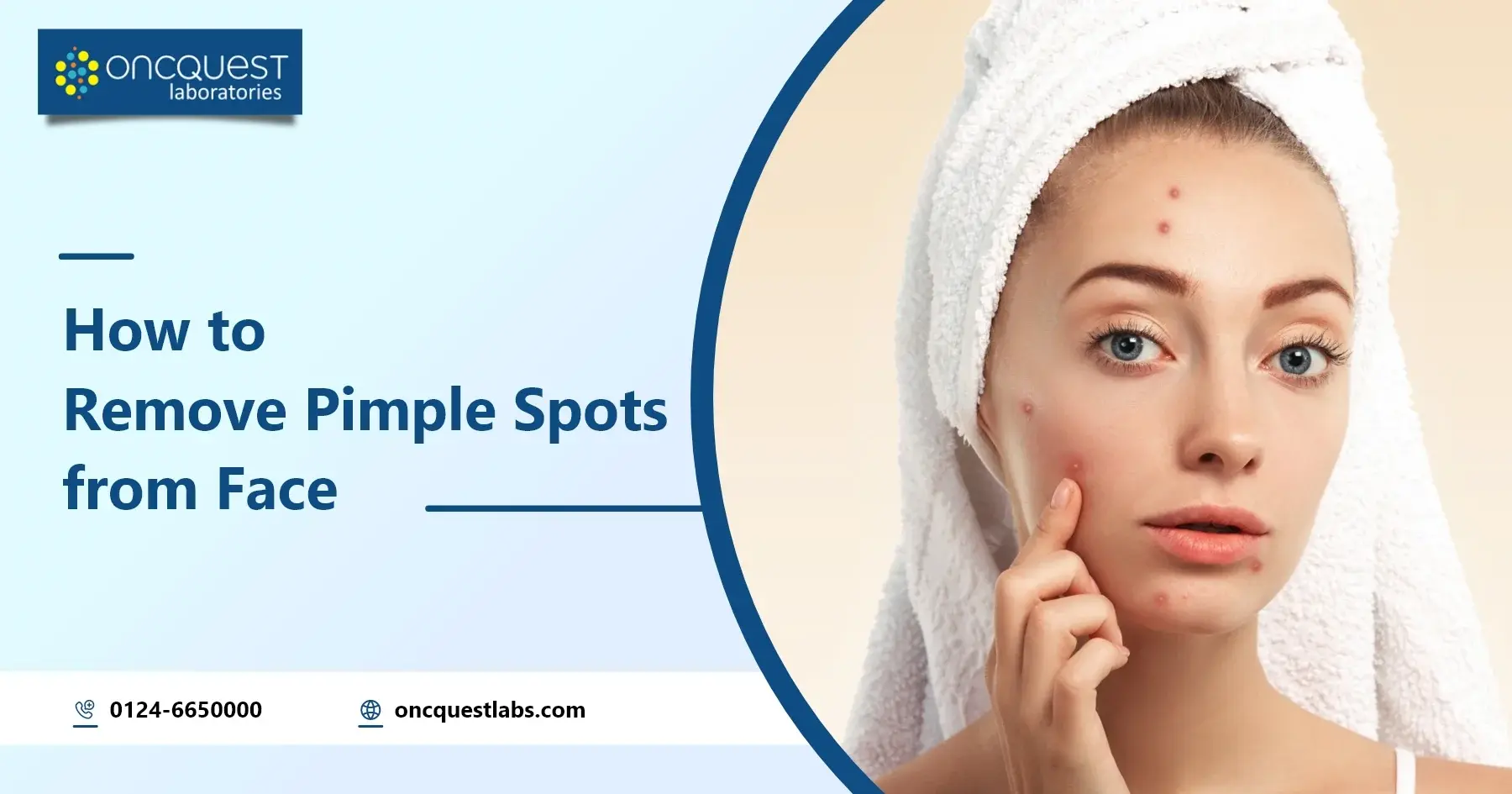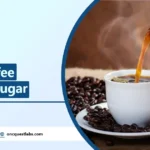Many of us enjoy having a cup of coffee and perhaps going for a run to get our days started on a positive note. However, occasionally we catch a glimpse of a pimple in the mirror, which can be extremely upsetting. It can be annoying that, the majority of the time, the remedies we use to treat pimples don’t perform well.
We experiment a lot to try and find solutions for our acne problems. Certain things function while others don’t. Everything you need to know about body acne has been covered in this blog, including what it is, why it occurs, treatment options, and product recommendations. Together, let’s study more about this subject.
Contents
Understanding different types of pimples
Pimples, a common skin condition, are brought on by germs, oil accumulation, dead skin cells, and clogged pores. They are not the same as acne, which is a more severe ailment that can cause blackheads, cysts, and other skin issues, as well as irritated oil glands.
Dark patches and markings may remain after zits disappear. Three primary categories of pimple markings exist:
- Tiny Bumps: These are flat, tiny, and frequently dark in color. They often don’t require special care and recover themselves.
- Boxcar or Rolling Scar: These zits develop into white heads and deep scars. The lack of collagen in the skin can lead them to leave behind permanent markings.
- Cyst-Like Pimples: Frequently associated with hormone abnormalities, these form reddish-brown markings. It is advised to wash your face twice a day with a sulfate-free face wash because it might spread easily.
To properly treat existing pimple marks and stop new ones from growing, it is imperative to understand different sorts of blemishes.
What are causes of pimple marks?
Acne is a common skin issue that can be challenging to cure. Dermatologists assert that common causes of them include stress, poor cleanliness, bad eating habits, and lack of sleep. If our skin’s oil glands create too much of the material, it could block our pores. Dead skin cells can get stuck in these closed pores and cause pus-filled pimples. Sometimes, bacteria can penetrate our skin and cause pimples. If our skin isn’t kept clean, this could happen.
Other factors that can contribute to breakouts and pimples include inflammation, allergies, and infections. Acne can be brought on by overindulging in greasy or sugary foods and dehydration, which increases the skin’s sebum production. Acne can lead to numerous skin issues in addition to dullness, dark spots, and uneven skin tone. These problems could worsen if we don’t take proper care of our skin. It’s essential to wash our faces often, maintain a healthy diet, drink lots of water, and protect our skin from the sun if we want to prevent pimples. For optimal care, it is advised to visit a dermatologist, even though some over-the-counter drugs may be beneficial.
How to remove pimple marks?
Here are some quick and secure methods to help reduce inflammation and hasten the disappearance of pimples:
- Olive, coconut, or almond oil should be combined with two drops of tea tree oil. After applying this combination to your face and letting it sit for 30 minutes, rinse it off with water or a face cleanser without sulfates. Apply sunscreen and moisturize after doing this once a day.
- Gently put an ice cube on your zits for 30 to 50 seconds after wrapping it in a handkerchief. This might soothe your skin and help the zits get smaller. This can be done once or twice a day.
- To form a thick paste, combine one tablespoon of organic honey and ½ tablespoon of cinnamon powder. After 20 to 30 minutes of application, wash your face with cold water and moisturize.
- To produce a paste, combine one tablespoon of chickpea flour with one cup of water or rose water. After applying it to your skin, rinse it off after ten minutes. This aids in removing extra oil from your skin without damaging its barrier.
- To lessen inflammation and combat bacteria, apply aloe vera gel to severe acne. Seek out a gel made exclusively of pure aloe vera for acne.
- Almonds are excellent sources of vitamin E and antioxidants. Two teaspoons of fine almond powder combined with yogurt, honey, and a pinch of ground clove powder can be used to produce a scrub. Before rinsing off, gently massage this scrub onto damp skin for a few minutes.
In addition to treating your pimples, it’s critical to follow these suggestions consistently and take good care of your skin by eating a healthy diet, staying hydrated, and using sunscreen.
Frequently asked questions
Q1: How do you get rid of pimple marks on your face?
A1: After applying new aloe vera gel to your acne scars, leave it on for around half an hour before washing it off with water. With its inherent bleaching qualities, lemon juice might be your best bet for lightening those lingering acne scars. Just take some fresh lemon juice and use a cotton ball to dab it on the spots.
Q2: How do you get rid of pimple spots fast?
A2: Mix two drops of tea tree oil with olive, coconut, or almond oil. Apply this mixture to your face, let it remain for thirty minutes, and then rinse it off with water or a sulfate-free face cleanser. Once a day, follow up with a moisturizer and sunscreen application.
Q3: Does a pimple spot go away?
A3: When zits go away, the reddish or brownish marks left behind usually go away on their own without the need for therapy. However, there is a chance that scarring will result from picking or squeezing acne. There are two types of acne scars: scars that gradually drop or become depressed (often referred to as “rolling” scars).





